Are you looking for a fun and easy way to garden in small spaces? Kiddie pool gardens are the perfect solution! With just a few simple steps, you can turn any kiddie pool into an attractive and productive little garden that will bring color and life to your outdoor space. Whether you’re looking for something low-maintenance or want to create a lush container garden, there is sure to be an idea here that fits your needs. So grab your gardening gloves, fill up the kiddie pool with soil, and get ready to start planting!
Kiddie Pool Location
When selecting a spot for your kiddie pool garden, it’s important to take the location into consideration. Make sure to choose an area that receives adequate sunlight – 6-8 hours of direct sun is ideal.
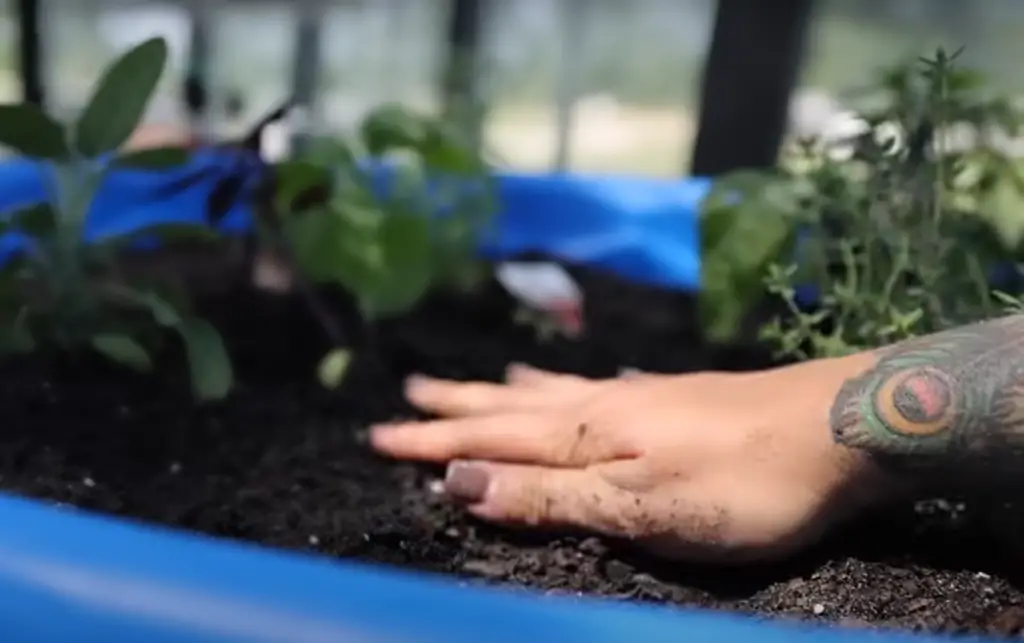
You also want to make sure you have easy access to water and that there are no trees or large structures blocking the space. Once you’ve settled on a great spot, use old newspaper or cardboard boxes to line the bottom of the pool before adding soil. This helps keep weeds from sprouting up from below and also helps retain moisture in dry climates.
Watering Your Kiddie Pool
Watering your plants regularly is essential to keep them healthy and flourishing. A kiddie pool garden setup will require a different approach for watering since you do not want to be pouring gallons of water into a tiny plastic pool.
To water your plants in the best way, consider installing soaker hoses which lay beneath the soil, gently releasing moisture over time. This is an easy and efficient way to provide adequate water to all of your plants without having to fuss around with a hose or bucket every day.
You can also use a drip irrigation system – this allows small amounts of water to be released directly onto the root zone of each plant, eliminating waste and ensuring that only the appropriate amount of water is used. [1]
What Type Of Plants Can I Grow In A Kiddie Pool?
A kiddie pool can be an excellent option for growing a variety of plants. Some of the most popular choices include tomatoes, peppers, squash, beans, and other vegetables. Herbs like basil and oregano can also do well in this type of garden environment. You can also consider planting flowers such as petunias or marigolds around the edges of the pool to give it a nice decorative touch. Be sure to invest in potting soil that is appropriate for container gardening – too much water retention could lead to root rot. And remember, when choosing plants for your kiddie pool garden, pick those that are suited for your climate and season! Good luck!
Type Of Soil To Use
When creating a kiddie pool garden, it is important to consider the type of soil you will use. You want to choose a soil that is light and well-draining, such as potting mix or sand-based soils.
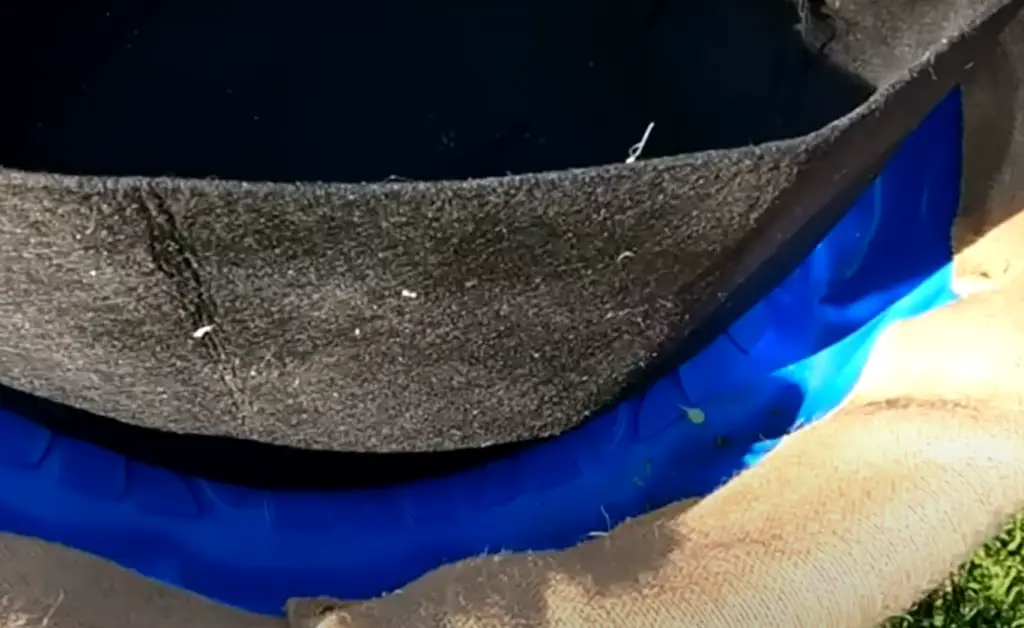
This will help keep your plants moist without becoming waterlogged. Adding organic matter like compost or manure can help provide additional nutrition. Be sure to remove any debris or rocks that may be present in the soil before planting. Additionally, you want to avoid using heavy clay-based soils as they will not drain properly and can lead to waterlogging. If necessary, amend the soil with sand or peat moss to help improve drainage. Once your kiddie pool is filled with soil, you are ready to start planting! [2]
How To Build A Kiddie Pool Garden
Building a kiddie pool garden is an easy way to add some greenery and beauty to your outdoor space. Not only can it provide hours of fun for children, but it also offers several benefits for the environment by providing habitat for wildlife and helping to conserve water.
Cut Drainage Holes in the Pool Bottom
The first step in building a kiddie pool garden is to cut drainage holes in the bottom of the pool. These will allow excess water to flow through and out of the pool, preventing flooding and waterlogged soil.
You should make several drainage holes around the sides and at least two in the center of the bottom.Drill Drainage Holes in the Sides
One of the most important steps in creating a kiddie pool garden is to make sure the water will be able to drain away. To ensure this, it’s necessary to drill drainage holes into the sides of the pool. Make sure these are placed at strategic points around the edges, and they should be large enough for excess water to escape out easily. You can even secure small rocks or stones within each hole to help with drainage, or use a screwdriver or power drill to widen them if needed. Once all of your drainage holes have been drilled, you can proceed with filling up your kiddie pool with soil and planting whatever seeds or plants you plan on having in your garden.
Line the Pool With Mesh
If you have a kiddie pool that needs a bit of sprucing up, lining it with mesh can be an easy and creative way to add texture to your garden.
To use mesh, simply line the interior walls of the pool with it until it runs from one end to the other. This will give your garden a unique look and create plenty of space for growing plants. You can also add some decorative touches, such as colorful ribbons or stones, for extra flair.Prepare the Soil and Add Fencing
If you plan to use a kiddie pool for your garden, the first step is to prepare the soil and add fencing around it. This will create an enclosed space for your plants, keeping them safe from critters and other animals.
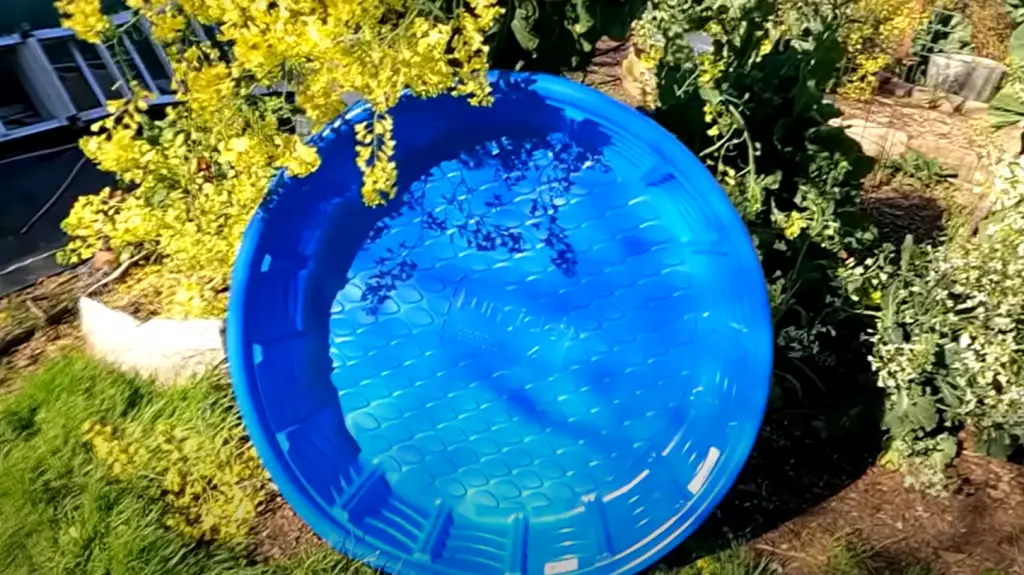
To do this, dig a shallow trench around the perimeter of the pool and line it with chicken wire or another type of fencing material. Once this is complete, fill in the trench with soil or compost and make sure that it’s level so that water can flow freely throughout your garden. You should also consider putting down a layer of mulch on top to help retain moisture and keep weeds at bay.
Plant Seeds or Seedlings
Using a kiddie pool as your garden can allow you to plant larger and more mature plants than what could fit in a traditional container. Plant seeds or seedlings directly into the ground of the pool, making sure that the soil is at least several inches deep for root development. If planting seedlings, make sure to dig out enough space for their roots. For vegetables, consider planting lettuce and other leafy greens, tomatoes, peppers, cucumbers and squash. Herbs such as mint, oregano, thyme and basil also do well in a kiddie pool setting. Flowers like petunias and marigolds will add pops of color to brighten up any outdoor living space.
Water the Soil
Water is essential for plants to grow and thrive. In a kiddie pool garden, it’s especially important to make sure that the soil gets enough water. The best way to ensure this is by setting up a drip irrigation system – this will allow you to slowly and steadily water the plants without over-watering or under-watering them. Once the system is set up, all you need to do is keep an eye on the water levels and make sure it’s enough for the plants. [3]
Creative Ways To Start A Garden Using Kiddie Pools
A kiddie pool can be an effective and fun way to start a garden. Not only are they relatively inexpensive, but they also provide ample space for different plants or vegetables. Here are some creative ideas to get you started!
- Planting Herbs: If you’re into cooking and herbs, planting them in a kiddie pool is a great idea! You can create an herb garden that’s both functional and aesthetically pleasing.
- Raised Flower Garden: By filling your kiddie pool with rich soil, you can create a raised flower bed for bright and beautiful blooms. This type of garden requires little effort and can be a great way to add some color to your yard.
- Vegetable Garden: A kiddie pool is the perfect size for growing vegetables, as you can fit multiple rows of plants in one area. This type of garden will require more effort than flower beds, but it’ll be worth it when you’re able to pick your own fruits and vegetables.
- Container Garden: If you don’t want to plant directly into the ground, you can also use a kiddie pool as a container garden. Fill it with soil, add in some potted plants, and you have an instant mini-garden! [4]
Caring For Your Planter
Caring for your planter pool is essential to ensure lovely and healthy plants. After planting, water the soil thoroughly to help the roots establish themselves. During periods of hot weather, check the soil daily for moisture levels. If the top inch of soil feels dry add some more water. Don’t forget to also empty any pool water that has collected in the bottom of the planter.
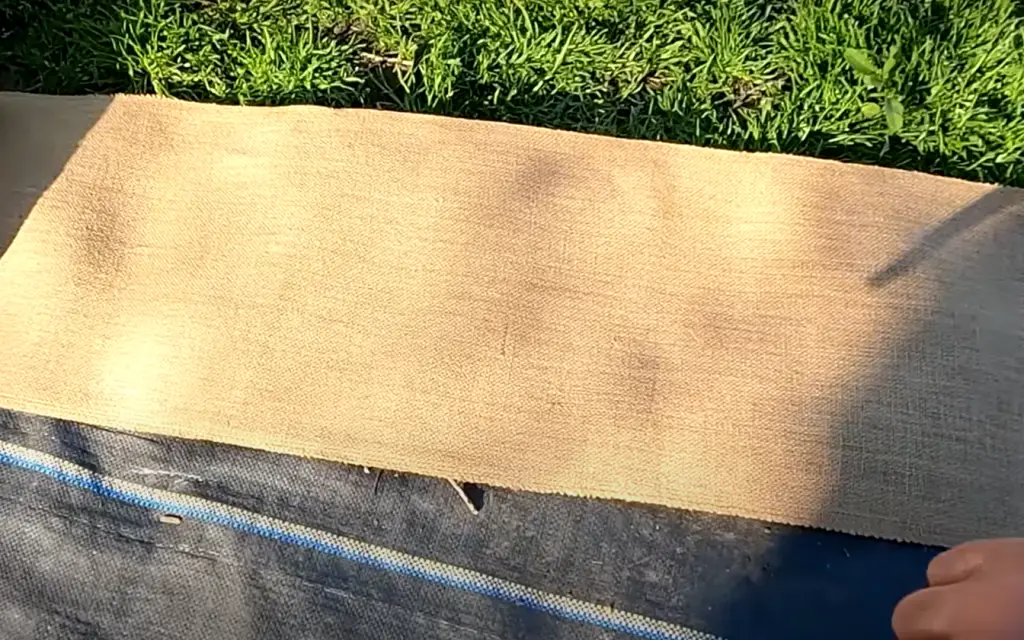
When it comes to fertilizing, use a liquid fertilizer if you have plants with shallow roots such as lettuces and herbs.
You should also mulch your planter to help keep the soil moist and reduce evaporation.FAQ
How many bags of soil do I need to fill a kiddie pool?
This depends on the size of your kiddie pool. Generally, you will need between 1-2 bags of soil per square foot of the pool’s surface area. For example, if the kiddie pool is 3 feet by 3 feet, you would need 9 bags of soil. It’s best to overestimate and buy a few extra bags of soil in case you need it.
How do I keep my kiddie pool clean without draining?
Keeping your kiddie pool clean without draining it is possible with a few easy methods. The first thing to do is to empty the pool of any debris like leaves or rocks that may have fallen in. Then, use a net to scoop out any dirt or algae that has built up on the bottom of the pool. A quick rinse with a garden hose should then be done to get rid of any remaining debris. For more thorough cleaning, fill the pool with a solution of one gallon warm water and one-quarter cup bleach and let it sit for 30 minutes before rinsing with fresh water. After that, you can add chlorine or other chemicals as needed to keep the water balanced and clean. Finally, keep the pool covered with a tarp when not in use to minimize debris from falling into it. With these steps, you can easily keep your kiddie pool clean without draining it!
How long can you leave water in a kiddie pool?
When it comes to the longevity of water in a kiddie pool, there are several factors to consider. Generally, depending on the climate you live in, you can expect one to two days before having to change out the water.
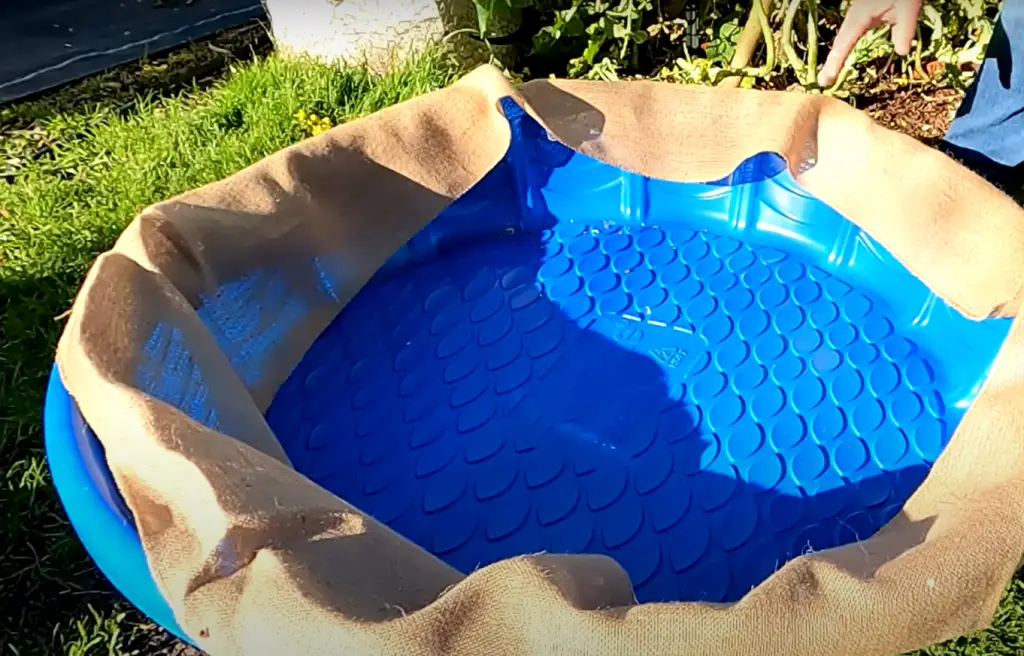
However, if you plan on keeping any aquatic life or plants in your pool for more than a few hours, you may want to change out the water every other day or so. Additionally, if you are in a particularly warm climate and the pool will be left exposed to direct sunlight, it is best to empty and refill your kiddie pool every day as the UV rays can cause significant damage to aquatic life.
Do you have to drain the kiddie pool every day?
No, you don’t have to drain the kiddie pool every day. In fact, it’s not recommended to do so as doing so can disrupt any healthy bacteria or organisms that are developing in the water. Instead, it is best to simply top up the water with fresh tap water and keep your eye on pH levels if necessary.
Is it safe to keep water in the kiddie pool?
The safety of keeping water in a kiddie pool depends on several factors, including the type and quality of the pool, the location of the pool, and how often it is used. If you use a high-quality plastic or vinyl kiddie pool that is specifically made for garden use, such as those with a UV-resistant coating, then the chances are good that water can be left inside without any safety risks. It is important to make sure the pool is situated on level ground and away from animals or children who might accidentally fall into it. In addition, you should empty and clean out the pool regularly to avoid bacterial buildup or mosquito infestations. Finally, it is a good idea to cover the pool when not in use to prevent debris from getting in. With proper care and maintenance, you can enjoy a safe kiddie pool garden for years to come.
What should you not plant around a pool?
When you are planning your kiddie pool garden, there are some plants and trees that should be avoided. Keep in mind that any plants and trees close to the pool may drop leaves or debris into the water which could contaminate it. Also, certain trees can cause staining on the sides of a pool and will leave an unpleasant residue on the bottom. Avoid planting trees such as willows, cottonwoods, oaks, and eucalyptus near your pool. Additionally, try to avoid planting any thorny bushes or plants that could potentially scratch swimmers. If you want to plant something around your pool, consider planting grasses for a natural look. These can be low-maintenance, easy to mow and trim, and do not produce as much leaf debris or interfere with your pool’s performance. Additionally, consider planting some colorful flowers in the garden for a vibrant pop of color. Be sure to pick plants that are safe for use around pools and tolerant of salty water from chlorine.
What kills algae in a kiddie pool?
If a kiddie pool becomes overrun with algae, there are several methods of killing the unwanted growth. Chlorine is the most common and effective way to kill algae in a kiddie pool. Bleach, vinegar, or borax can also be used to remove the algae but chlorine is often the easiest and most successful method. If a kiddie pool has been filled with bacteria-laden water, then it’s important to drain and clean the pool and refill it with fresh, clean water before trying to address the algae issue. After refilling, chlorine can be added directly to the pool water or an algaecide product applied in order to kill any remaining algae.
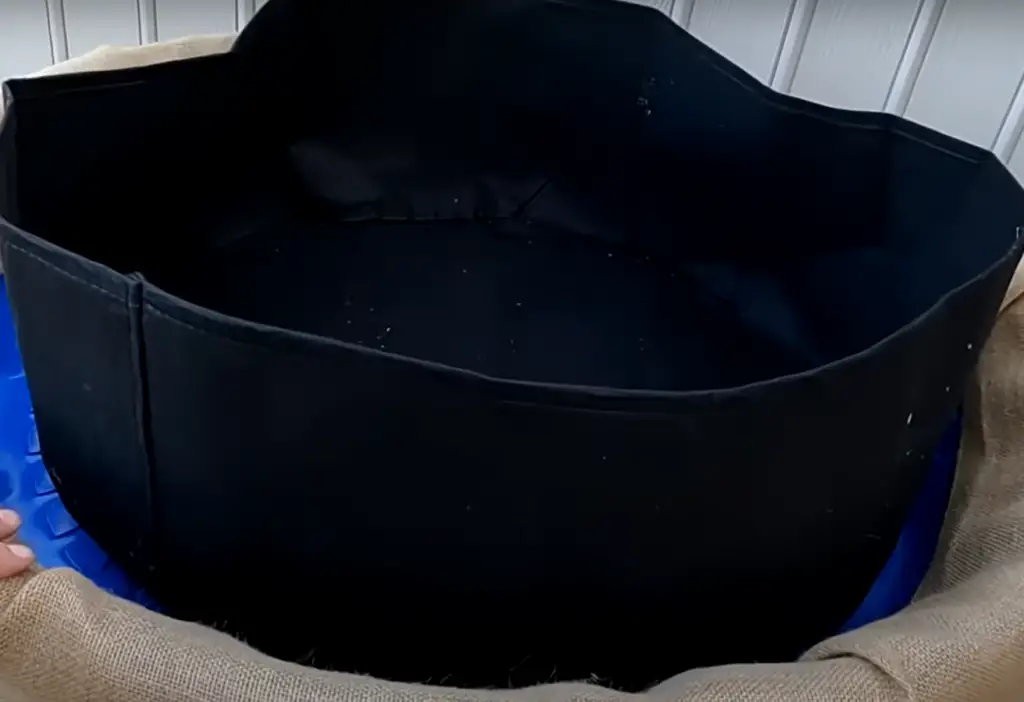
Regular maintenance, such as brushing the sides of the pool and cleaning out debris, is important for preventing algae from growing again in the future. In some cases, adding plants to a kiddie pool can help keep algae growth at bay. Plants naturally absorb nutrients from their environment, including those that can contribute to rapid algal growth.
What do you put in a kiddie pool water?
When landscaping with a kiddie pool, there are a few things to consider before adding any water. The first is selecting the right kind of water for your garden. If you plan on using a standard pool for flowers or veggies, plain tap water works just fine. However, if you have fish in the swimming area, it’s important to use dechlorinated water, as chlorine can be toxic to some fish. You can also consider rainwater or even pond water in special circumstances. Once you have the right type of water, it’s time to think about what else may need to be added. Depending on your plants’ needs, you may need to add fertilizer and supplements regularly. As a general rule, you should avoid over-fertilizing, as too much can actually damage or kill your plants. You may also want to add aquatic plant food for slower-growing plants like water lilies and lotus blooms. Finally, it’s important to consider the pH balance of your kiddie pool. Most plants do best in a slightly acidic environment, so if you’re growing certain flowers or veggies, you may need to adjust the pH accordingly.
Can I put vinegar in my kiddie pool?
Yes, you can use vinegar in your kiddie pool to help control algae and bacteria. To do this, mix one part vinegar with eight parts water and add it to the pool. Leave the mixture in for a few hours before draining and refilling the pool with fresh water. Make sure not to over-do it — too much vinegar can be damaging to plants and fish.
What essential oils keep the kiddie pool clean?
Using essential oils for pool maintenance is an easy, natural and safe way to keep your kiddie pool clean. Essential oils are derived from a variety of plants and have powerful antifungal, antiviral and antibacterial properties that can help keep the water free from bacteria and other contaminants. Some of the best essential oils you can use in your kiddie pool include tea tree oil, lavender oil, eucalyptus oil and lemon oil. For the best results, add 1-2 drops of essential oils to your water per gallon or use a few drops on a damp cloth and wipe around the edges of the pool. This will ensure that any bacteria or algae that may be present in the pool are eliminated.
Useful Video: The KIDDIE POOL Garden (How to have the best success!)
Conclusion
Kiddie pools are a great way to add fun and character to any garden. With some creativity and imagination, you can turn an ordinary kiddie pool into a unique and beautiful addition to your backyard or patio area. Kiddie pools are a great way to utilize unused space in your yard without taking up much room. They can also be a great way to get kids involved in gardening and provide them with a fun activity. Additionally, they can help to conserve water by using the same water over again instead of having to constantly refill and re-water your plants.
References:
- https://www.thespruce.com/make-a-kiddie-pool-into-a-garden-planter-848239
- https://diyjoy.com/kiddie-pool-raised-garden/
- https://www.lovethispic.com/blog/56909/diy-kiddie-pool-raised-garden-bed
- https://www.gardensall.com/old-swimming-pool-backyard-garden/





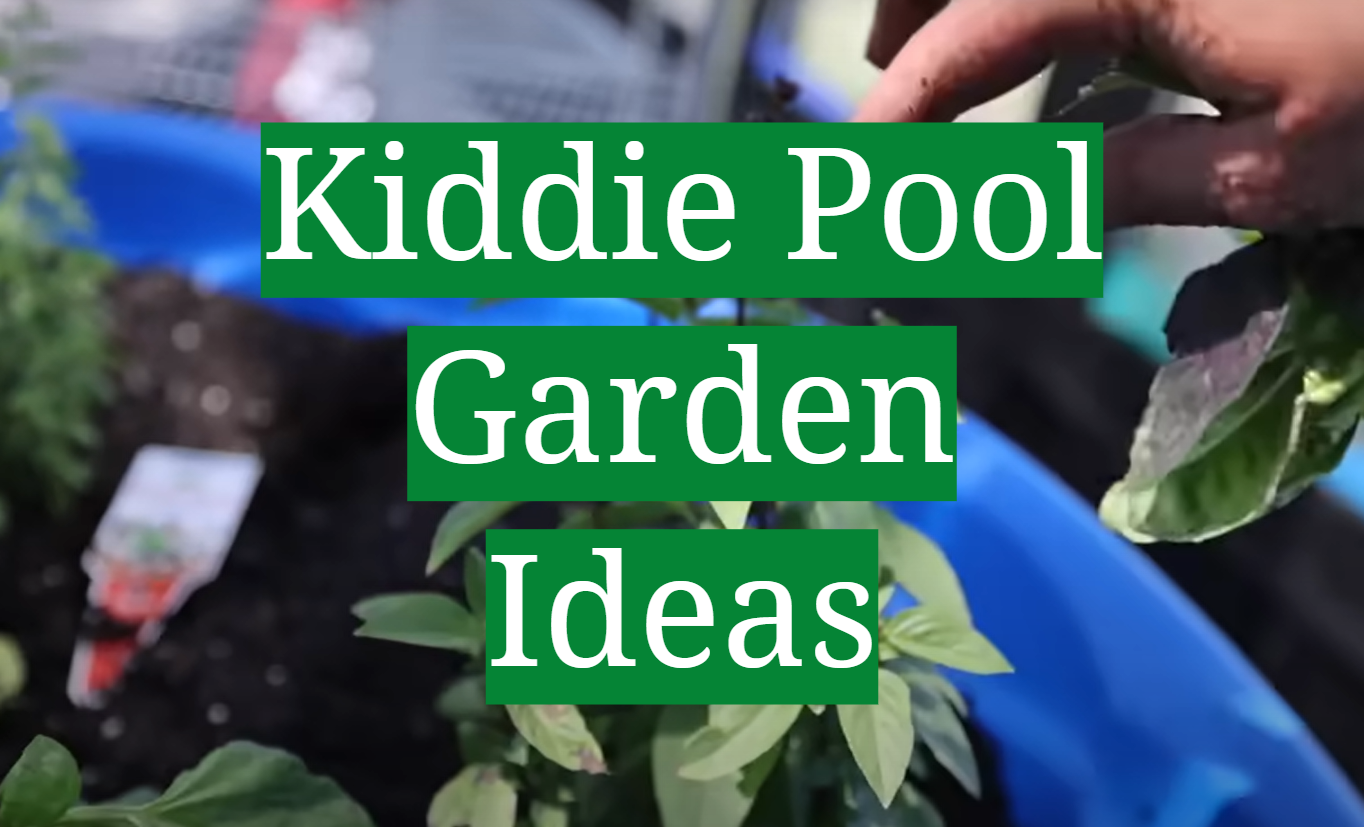
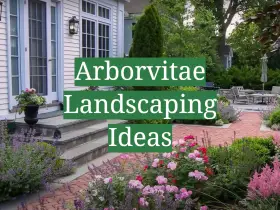
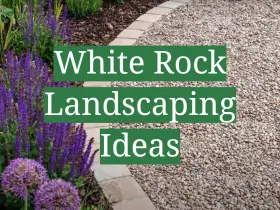

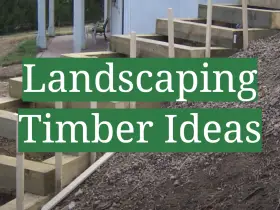
Leave a Reply
View Comments